Stunning images reveal hidden marine life near St Kilda
This article contains affiliate links. We may earn a small commission on items purchased through this article, but that does not affect our editorial judgement.
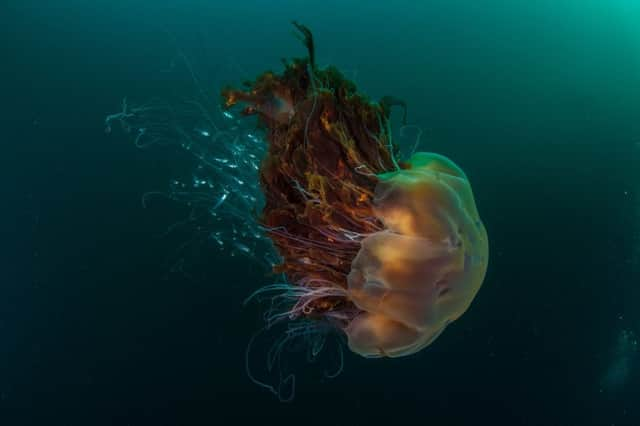

They discovered some of the most fascinating wildlife in the waters surrounding the isolated archipelago of St Kilda during an expedition last year. Among the highlights are the British Wildlife Photography Awards’ overall winning picture of a lion’s mane jellyfish swimming near Village Bay on the island of Hirta.
The impressive underwater snaps also include colourful corals, the transparent juvenile anglerfish and velvet swimming crabs.
Advertisement
Hide AdAdvertisement
Hide AdOther species they managed to capture include scorpion fish, Yarell’s blenny, blue-rayed limpets, sea slugs and a variety of beautifully kaleidoscopic anemones.
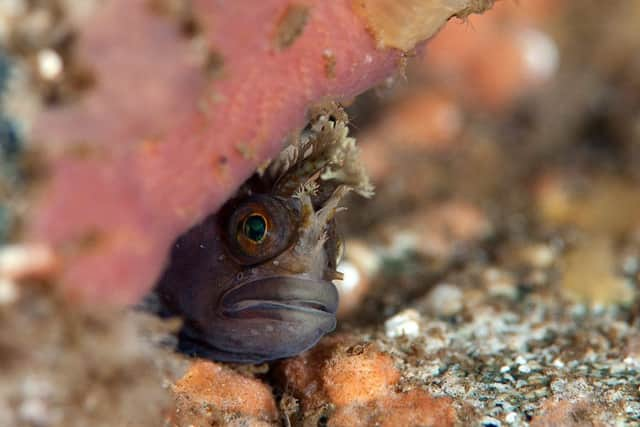

The images were taken by award-winning marine photographers Richard Shucksmith and George Stoyle.
The pair teamed up with scientists from Heriot Watt University, Scottish Natural Heritage and National Museums Scotland in a bid to document the caves.
Lisa Kamphausen, from SNH’s marine team, said: “Diving in St Kilda’s sea caves was an experience I will never forget.
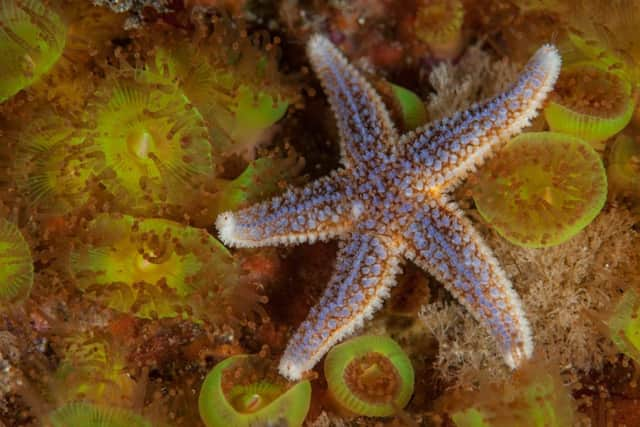

“It felt a real privilege to be out there with all these amazing otherworldly animals, miles and miles from anywhere in the Atlantic Ocean.
“Assessing the condition of MPAs is an important part of the Scottish Biodiversity Strategy.
“It enables us to report on the state of an area’s protected features and observe the effectiveness of management measures in place at a site.
Advertisement
Hide AdAdvertisement
Hide Ad“I think it’s fair to say that we found the sea caves at St Kilda in excellent condition.”
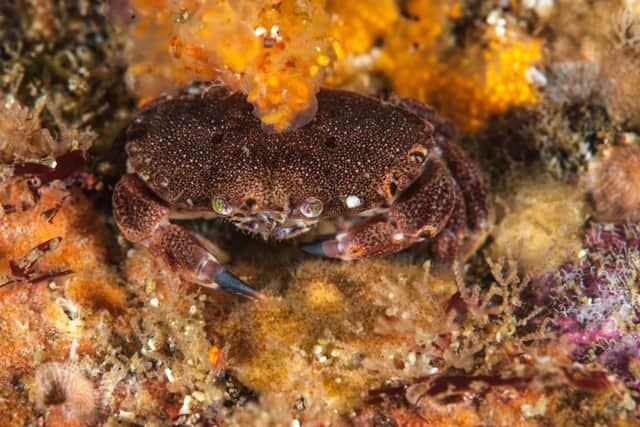

A video featuring their images was screened at at the Inverness Ocean Film Festival earlier this month.
The waters around St Kilda form part of Scotland’s Marine Protected Area (MPA) network, designated as a Special Area of Conservation (SAC) for their reefs and sea caves, which attract a wealth of strange and colourful life.
The World Heritage Site, St Kilda, lies 41 miles west of Benbecula in the Outer Hebrides and is one of the most remote parts of the British Isles.
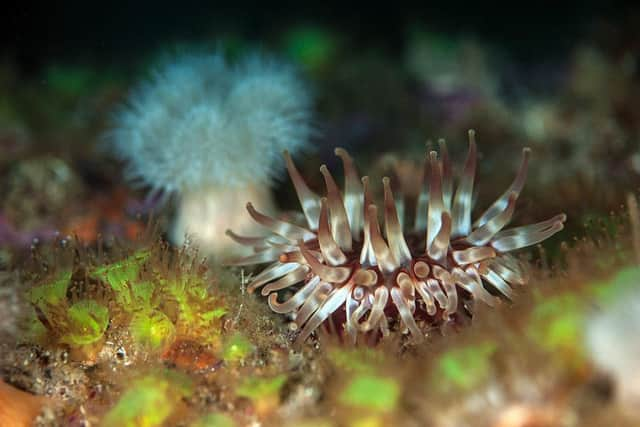

Life became increasingly challenging on the archipelago and its last 36 human residents were evacuated to the mainland in 1930.
But the islands remain hugely important for wildlife, including the world’s second largest colony of North Atlantic gannets - the largest being on Bass Rock in the Firth of Forth.
•
DOWNLOAD THE SCOTSMAN APP ON ITUNES OR GOOGLE PLAY
